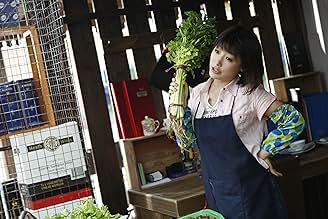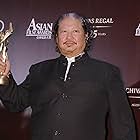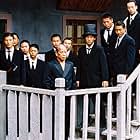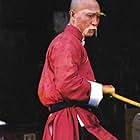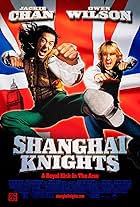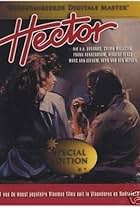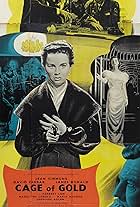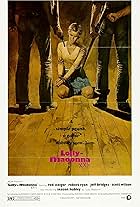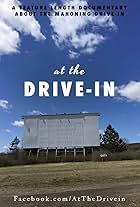Some time ago, I watched a mainstream trifle called "Kung Fu Panda." The only appeal it had was the idea of discipline in ordinary things. The involvement of food was incidental and comic but it mattered.
Food is not easy to film. But it is inherently cinematic stuff, and as powerful in my experience as dance. Sometimes it literally can be a dance when we are working with the preparation.
So, what if your cinematic dance conventions have evolved around kung fu scenes? Well, then you make your food dance movie using kung fu conventions. To make the point, you'll have to have lots of dialog about the honor and skill of cooking; you'd probably want to make a big deal about knives. And because (especially in China) food is about family, you'll have a plot that somehow involves familial bonds.
Well, look no further. Someone has put all this together for you. And it really isn't bad at all if you see it as a piece of precious cinema. I suppose if you expect a kung fu movie or pop star vehicle, you will be disappointed.
Here's something. How do you show taste? Ang Lee did it by focusing on color, lingering on color and texture. Kar Wai Wong shows steam, succulent steam. Greenaway (in his kitchen movie) turned the kitchen into a divine machine. Tampopo wove a whole thing about movie genres into the taste of the noodles. Babbette by contrast with cold gruel. "Grande Bouffe" just showed obsession. "Sweet Movie" gives us taste in the form of a nude orgasmic woman drenched in chocolate made with sugar aged with the corpses of children. There are more complex devices...
Here, it is a simple matter. We see the pleasure of the faces when eating. Simple. Effective.
"The more simple the dish, the harder to make well."
Ted's Evaluation -- 3 of 3: Worth watching.




